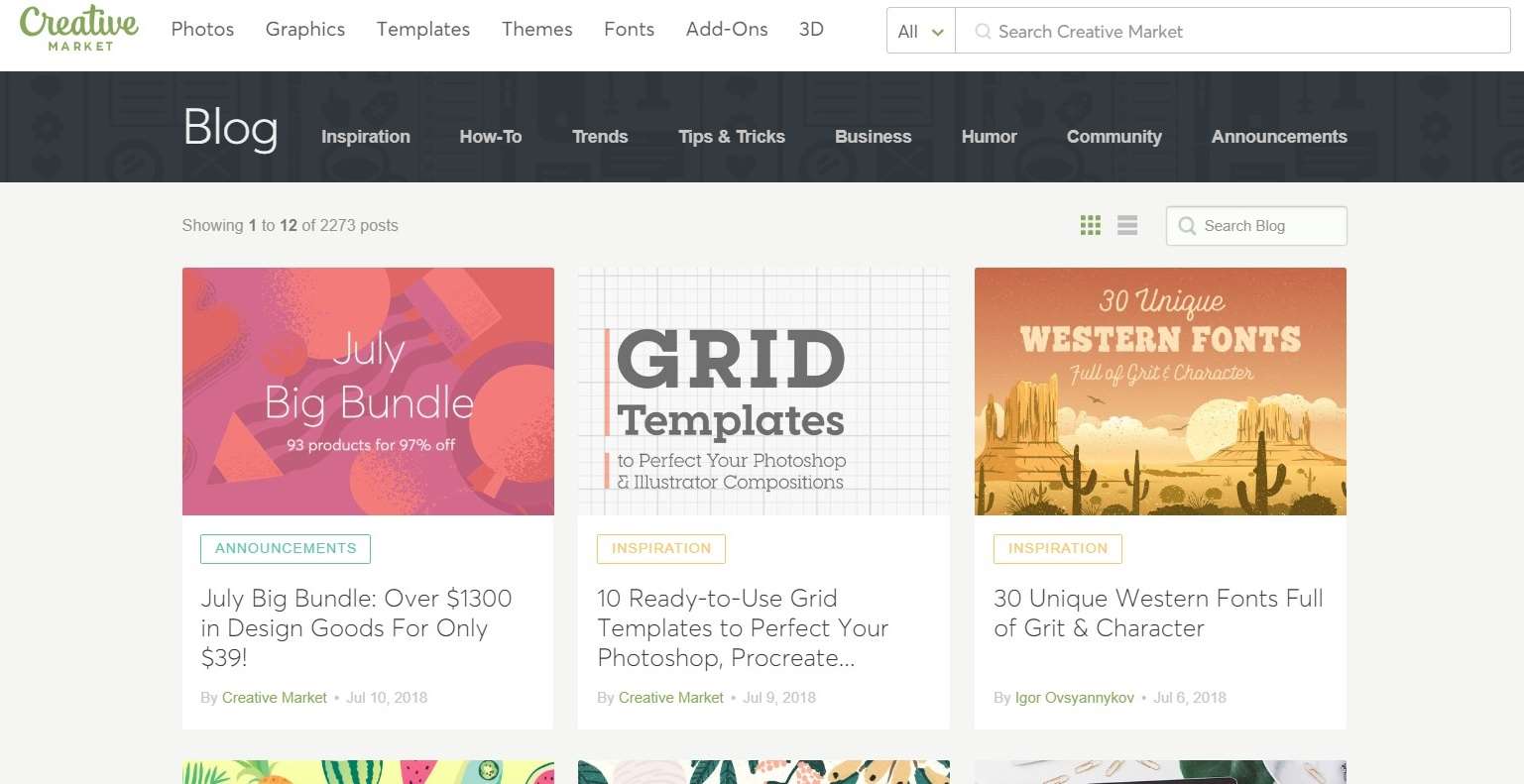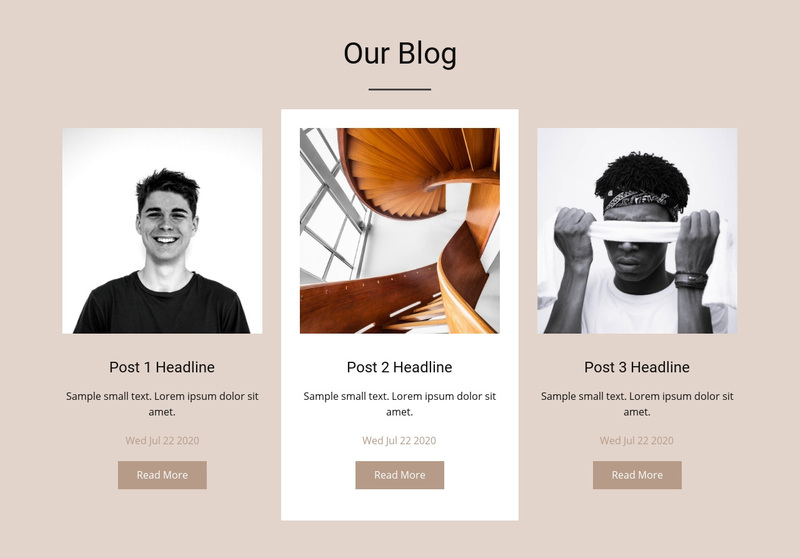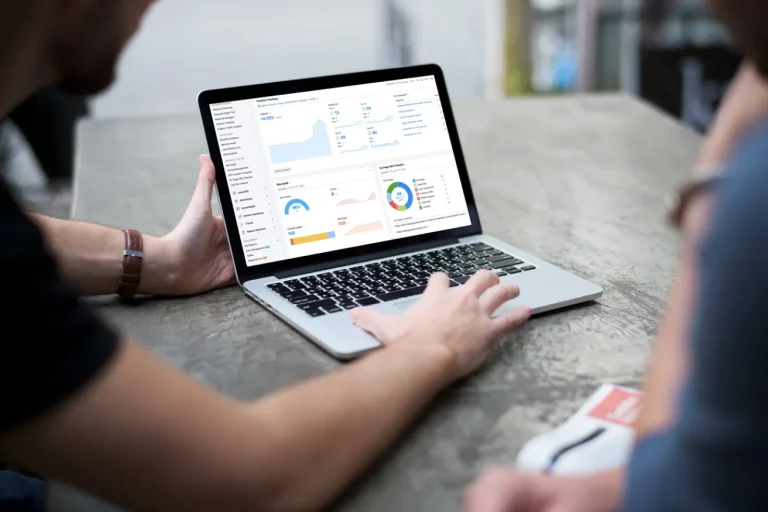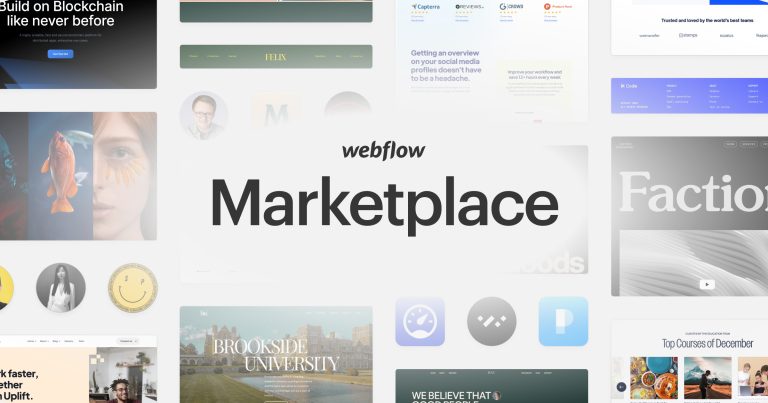Web Design Blog: A Comprehensive Guide for 2024
The field of web design is always changing and developing. New technologies emerge, user expectations shift, and design trends come and go. For aspiring and established web designers alike, staying informed and keeping your skillset sharp is crucial for success. That’s where this web design blog comes in!
We’re passionate about web design and committed to providing you with the resources and insights you need to thrive in this dynamic field. Whether you’re just starting out or looking to refine your craft, this blog will be your one-stop shop for all things web design in 2024.
Core Web Design Principles
Before diving into the latest trends, let’s revisit the fundamental principles that form the foundation of great web design:
- User Experience (UX) & User Interface (UI): It all starts with the user. Web design should be user-centric, prioritizing usability and creating a seamless, intuitive experience. Visually appealing design elements (UI) should work hand-in-hand with well-organized information architecture (IA) to guide users effortlessly through the website.
- Information Architecture: Imagine a website as a well-organized library. Information architecture ensures content is categorized and structured logically, making it easy for users to find what they’re looking for. Clear navigation menus, intuitive breadcrumbs, and logical site hierarchy are all key components of effective information architecture.
- Visual Design: The visual elements of a website are the first thing users encounter. Color theory, typography, imagery, and white space all play a crucial role in creating a visually appealing and engaging experience. Striking the right balance between aesthetics and functionality is essential for successful web design.

- Responsiveness & Mobile-First Design: Gone are the days of desktop-only websites. Today, responsive design is an absolute must. Your website should adapt seamlessly to different screen sizes and devices, ensuring an optimal user experience for everyone, no matter how they access your site.
- Accessibility: Web design should be inclusive. Websites should be accessible to everyone, including users with disabilities. Following accessibility best practices like using alt text for images, proper color contrast, and keyboard navigation ensures everyone can enjoy a smooth user experience on your website.
Latest Web Design Trends for 2024
Now that we’ve covered the fundamentals, let’s explore the exciting trends shaping web design in 2024:
- Microinteractions & Animations: Subtle animations and interactive elements can add a touch of delight and enhance user experience. Hover effects, progress bars, and micro-animations can guide users through the website and make interactions more engaging.
- Minimalism & Whitespace: The clean and minimalist aesthetic continues to reign supreme. Minimalist design focuses on clear content hierarchy, ample negative space (whitespace), and uncluttered layouts, creating a sense of order and promoting user focus.
- Voice Search Optimization: With the rise of voice assistants like Siri and Alexa, optimizing websites for voice search is becoming increasingly important. Ensuring your website content uses natural language and responds to potential voice search queries can give you a competitive edge.
- Focus on User-Generated Content (UGC): User-generated content (UGC) fosters a sense of community and authenticity. Websites are incorporating UGC in various ways, from customer reviews and social media feeds to interactive features that allow users to share their own content.
- Sustainable Web Design: Environmental consciousness is at the forefront of many industries, and web design is no exception. Sustainable web design practices include optimizing website size for faster loading times, minimizing energy consumption, and using eco-friendly hosting solutions.
These are just a few of the many exciting trends shaping the web design landscape in 2024. Stay tuned as we delve deeper into specific trends and explore how you can incorporate them into your own projects.
Essential Web Design Tools & Resources
Feeling inspired? Here are some valuable tools and resources to elevate your web design skills:
- Web Design Software: Numerous software options cater to web designers, each with its unique strengths. Popular choices include Figma, Adobe XD, and Sketch. Experiment and find the software that best suits your workflow and design preferences.
- Stock Photo & Illustration Resources: High-quality visuals are essential for any website. Websites like Unsplash, Pexels, and Shutterstock offer a vast library of free and paid stock photos and illustrations to enhance your designs.
- Web Design Inspiration Websites: Get inspired by the work of others! Websites like Awwwards, Behance, and Dribbble showcase award-winning and innovative web design projects, providing a treasure trove of creative inspiration.
- Web Design Blogs & Communities: Surround yourself with a community of passionate web designers! Blogs like Webflow Blog, Design Shack, and Smashing Magazine offer valuable insights, tutorials, and industry news. Additionally, online communities like Reddit’s r/webdesign and design forums provide opportunities to connect with fellow designers, ask questions, and share your work.
- Web Design Tutorials & Courses: There’s always something new to learn! Numerous online platforms offer web design tutorials and courses for all skill levels. Platforms like Skillshare, Udemy, and Lynda provide in-depth instruction on various web design topics, from mastering specific software to exploring advanced design principles.
Web Design Tips & Best Practices
Now that you’re armed with the right tools and resources, let’s explore some practical tips and best practices to take your web design skills to the next level:
- Conduct User Research: Before you start designing, understand your users! Conduct user research to identify their needs, pain points, and browsing behaviors. This user-centric approach will lead to a website that truly resonates with your target audience.
- Wireframing & Prototyping: Don’t jump straight to coding! Create wireframes and prototypes to visualize and test your design concepts before investing significant time and effort in development. Wireframing allows you to map out the website’s structure and functionality, while prototyping allows you to test user interactions and identify potential usability issues early on.
- Optimize for Search Engines (SEO): Design with SEO in mind! By incorporating relevant keywords and optimizing website structure, you can improve your website’s ranking in search engine results pages (SERPs), making it easier for potential users to discover your website.
- Test & Iterate: Web design is an iterative process. Once you’ve launched your website, conduct usability testing to identify areas for improvement. Gather user feedback, analyze website analytics data, and continuously refine your design to ensure an optimal user experience.
The Future of Web Design
Web design is constantly evolving, and the future holds exciting possibilities:
- Emerging Technologies (e.g., AI, AR/VR): Artificial intelligence (AI), augmented reality (AR), and virtual reality (VR) have the potential to revolutionize web design. Imagine AI-powered chatbots providing personalized user experiences or AR features allowing users to virtually interact with products on a website.
- Personalized & Dynamic Websites: The future might bring websites that adapt to individual users. Websites could personalize content and layouts based on user preferences, browsing history, and even real-time data.
- The Rise of Voice Interfaces: With the growing popularity of voice assistants, web design might need to adapt to accommodate voice search and voice-activated interactions. Imagine navigating a website entirely through voice commands, making the web experience even more seamless.
While these are just predictions, they highlight the dynamic nature of web design and the exciting possibilities that lie ahead.
Conclusion
In this ever-evolving world of web design, staying informed and honing your skills is crucial for success. This web design blog is here to be your one-stop shop for all things web design in 2024. We’ll continue to explore industry trends, share valuable resources, and provide practical tips to help you elevate your web design game.
Ready to take your website design to the next level? OnextStudio is a full-service digital agency specializing in UX/UI Design Services. Our team of experienced professionals can help you create a user-friendly, visually stunning, and future-proof website that meets your specific needs and goals. Contact us today for a free consultation and let’s discuss your web design project!






